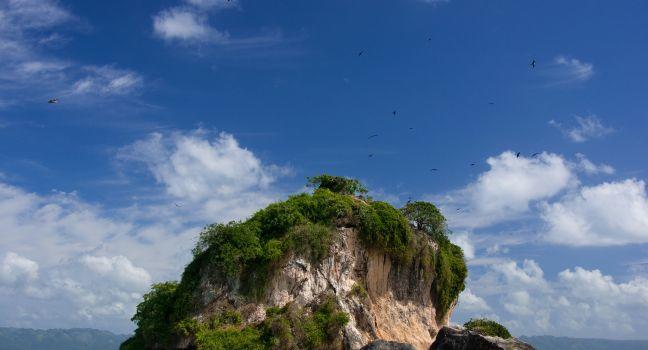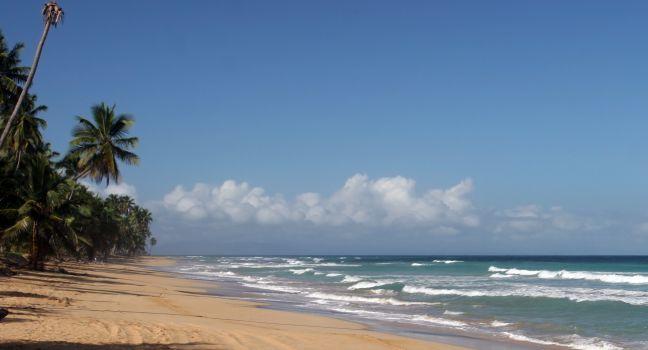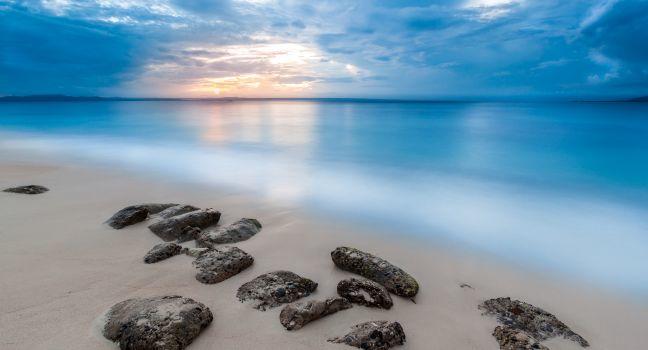Altos de Chavón
This replica 16th-century Mediterranean village sits on a bluff overlooking the Río Chavón, on the grounds of Casa de Campo but about 3 miles (5 km) east of the main facilities. There are cobblestone streets lined with lanterns, wrought-iron balconies, wooden shutters, courtyards swathed with bougainvillea, and Iglesia St. Stanislaus, the romantic setting for many a Casa de Campo wedding. More than a museum piece, this village is a place where artists live, work, and play. You can visit the ateliers and see the talented artisans making pottery, tapestry, and serigraphic art. The artists sell their finished wares at the Art Studios Boutique. The village also has an amber museum, an archaeological museum, a handful of restaurants, and a number of unique shops. Strolling musicians enliven the rustic ambience of ceramic tiles and cobblestone terrace, but there are now more bars and nightclubs geared to Casa de Campo's guests. Big names, including Elton John, perform at the amphitheater. Christmastime is sheer magic, with lights, music concerts, a giant Christmas tree, and a cameo appearance by Santa.






